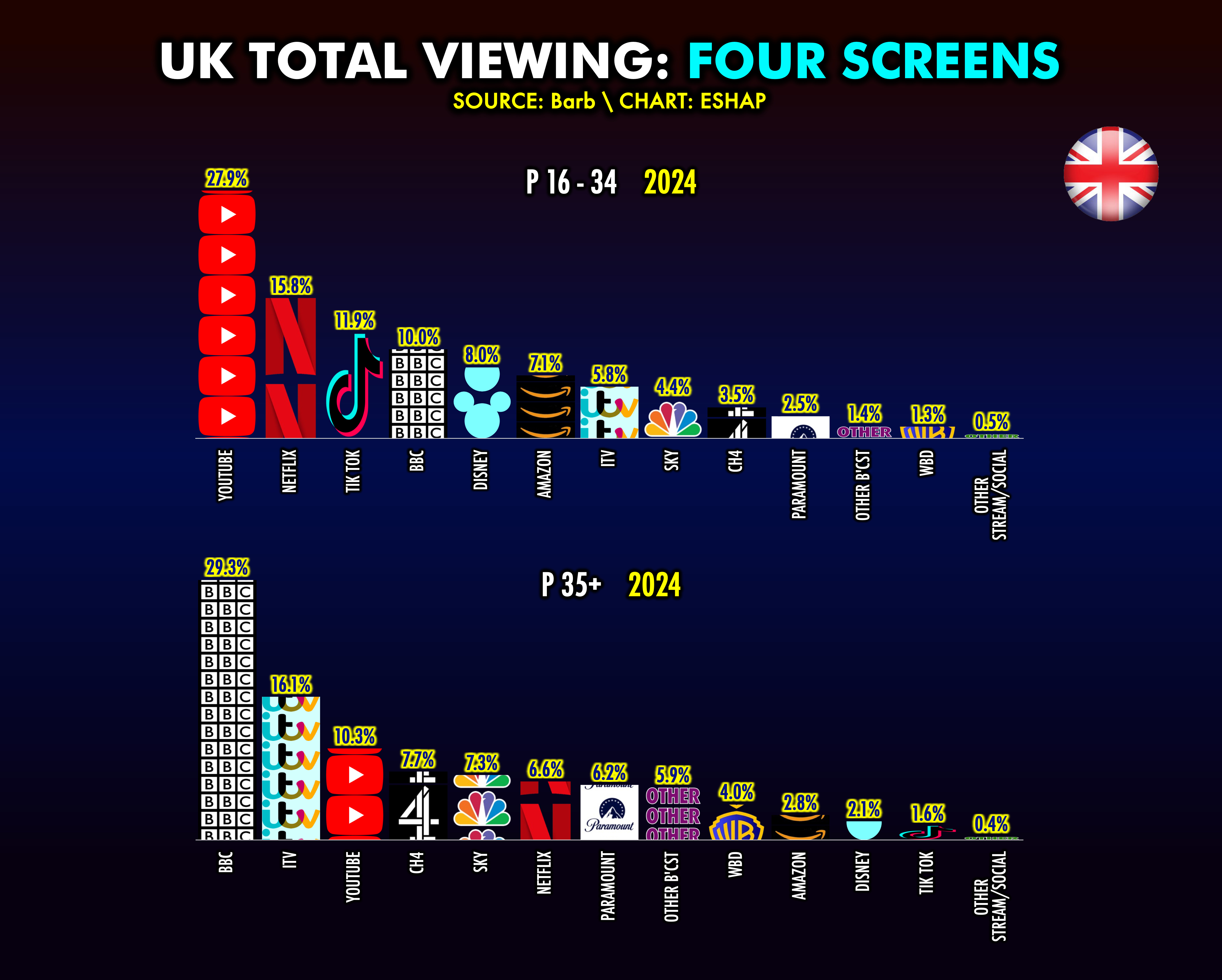Ed Meza reports on Variety that Hostile Political Climate Threatening Cinema, Industry Representatives Warn at Zurich Summit.

Zurich Film Festival‘s Zurich Summit 2025‘s Politics in Entertainment panel was held on September 27, 2025 and featured:
- Moderator: Melanie Goodfellow – Senior International Film Correspondent Deadline
- David Unger – CEO Artist International Group
- Kathleen Fournier – Head of Production & Lead Producer Charlotte Street Films
- Nathanaël Karmitz – Chairman of the Board mk2
- Stephen Follows – Film Data Researcher and Consultant
To summarize —
Political Risks for Filmmakers: Filmmakers face mounting personal and professional danger when tackling politically sensitive material. Kathleen Fournier recounted moving her family and editing team to Berlin to finish her “Six Billion Dollar Man” documentary about Julian Assange, fearing U.S. and U.K. laws allowing footage seizure. As she put it, “There is substantial risk sometimes involved for me and my team personally.”
Erosion of Press Protections: Even nations with reputations for civic freedoms are showing cracks. Fournier’s relocation to Germany initially felt safer, but ongoing conflicts highlighted ideological pressures on journalists. “It was very interesting to see journalists challenged there in real time and to react to that,” she noted, underscoring the fragility of journalistic protections worldwide.
Far-Right Online Influence: The political climate extends into online discourse, where far-right voices dominate platforms like X. Nathanaël Karmitz warned this agenda seeks to undermine cultural institutions. “The far-right has become the major voice discussing cinema on X,” he said, pointing to organized criticism of mk2 events and ongoing attacks on French cultural bodies like the CNC. He asked, “How do we organize to fight back?”
Changing Media Landscape: The rise of streaming platforms has narrowed the opportunities for politically charged documentaries. Fournier observed that nuanced, complex stories struggle to get onto digital platforms, replaced by safer choices such as true crime or historical retrospectives. “The sort of documentaries you now find on streaming platforms tend to be historical… or very personal stories,” she explained.
Industry Courage and Activism: Panelists argued that today’s film industry often lacks the bravery of past decades. Stephen Follows criticized its timidity, calling it “fundamentally, as a business and as an ecosystem, risk averse and scared and cowardly.” He insisted courageous agitation is essential, reminding that movements like Me Too only emerged after activists forced accountability.
My take: do you feel a chill too?

)


